Taito Ward Asakura Engraving Museum

Asakura Sculptor’s Museum is located a 3-minute walk from Yanaka Ginza shopping district, leaving the atmosphere of the downtown area. The building which was the atelier and residence of the sculptor Fumio Asakura (1883-1964) is open to the public. Of course it is possible to appreciate the sculpture work by the hand of Asakura, but the building which Asakura himself designed was registered with the tangible cultural property of the country (2001), and the whole site is the country as “Former Asakura Fumio Garden”. Designated as a scenic spot in (2008). The Asakura Sculpture Museum, where you can enjoy works, buildings and gardens, has been attracting attention from overseas tourists in recent years.
This time, as it was interviewed at the Asakura Sculptor’s Hall at the exhibition held from August 8 (Fri) to June 5 (Wed), 2019, “The handsome guy selected by himself in the process of being selected ★ Oshimen” I will tell you.
Among the works held by the Asakura Sculptor’s Museum, the special feature in the permanent exhibition displays works that the staff members thought were handsome.

The front is a popular NO. 1 “pre-competition” from the staff. Small face, characterized by a firm and muscular body
Atelier which takes a big window and pours in natural light. Somewhat warm atmosphere while using concrete because curves are used a lot. It also seems that the shadows are soft. The ceiling height is 8.5m.
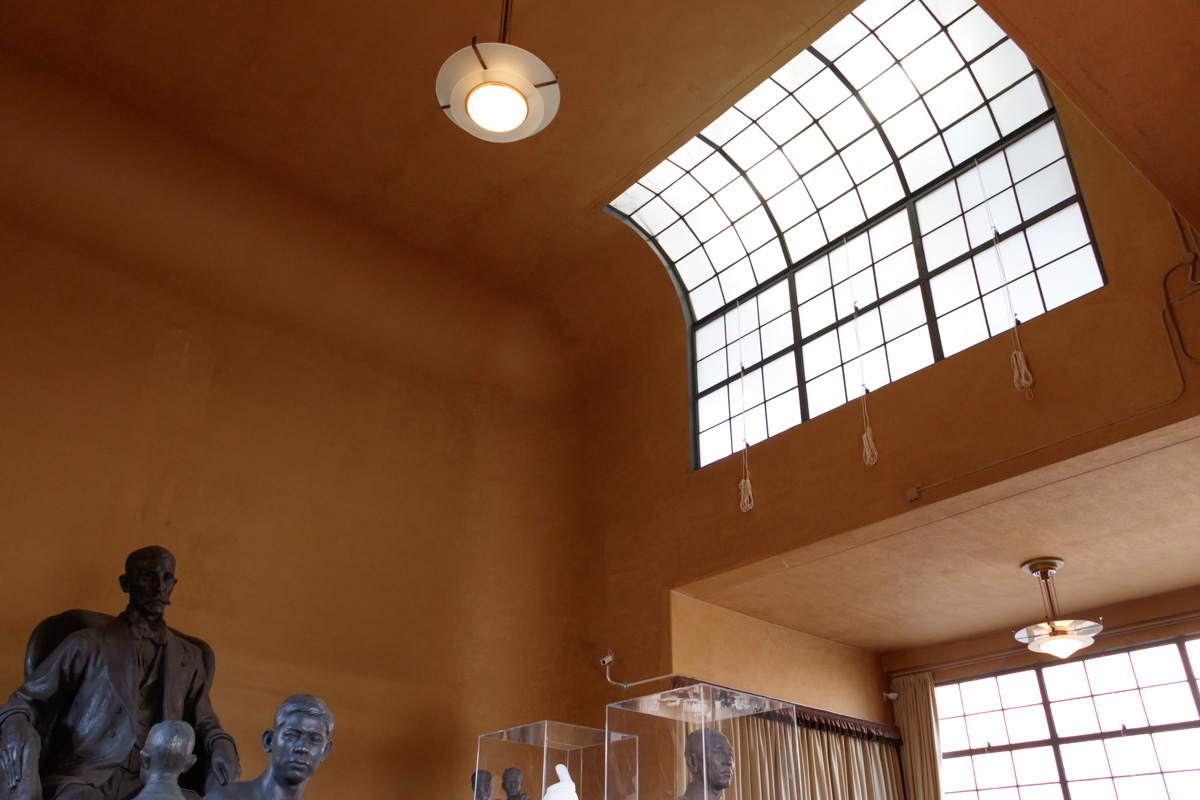
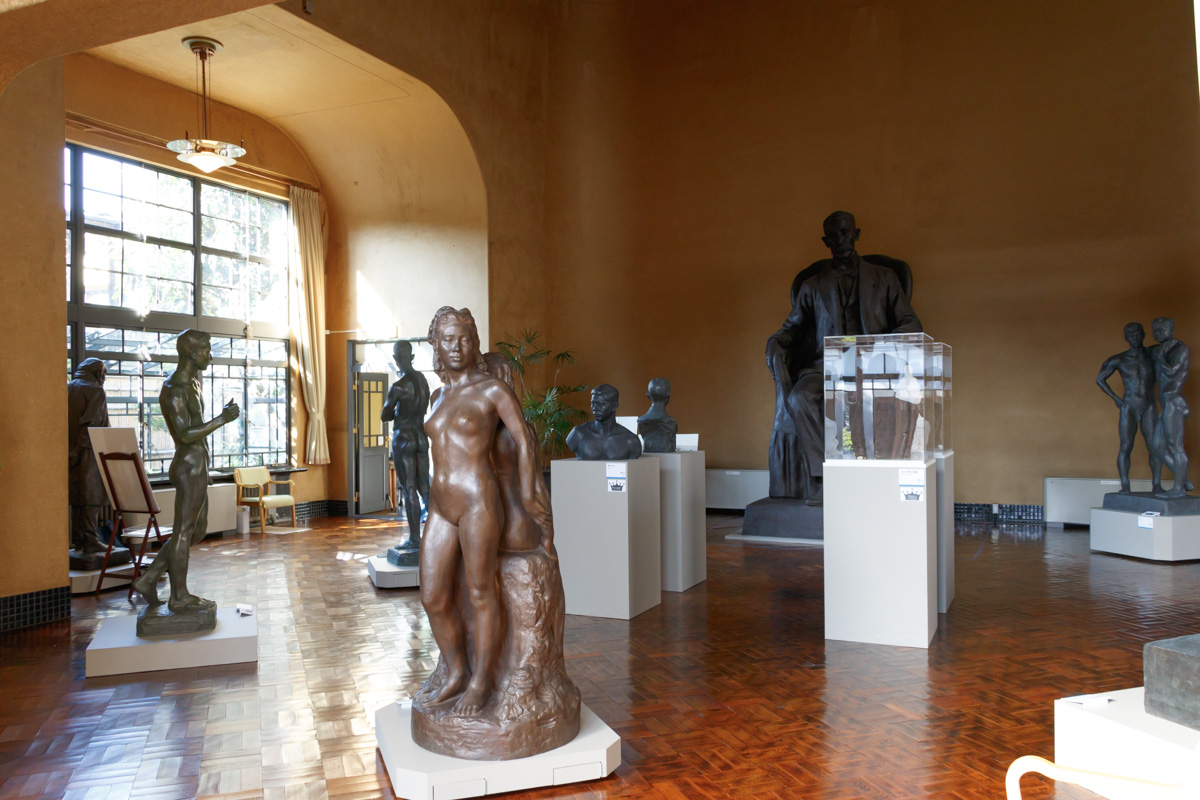
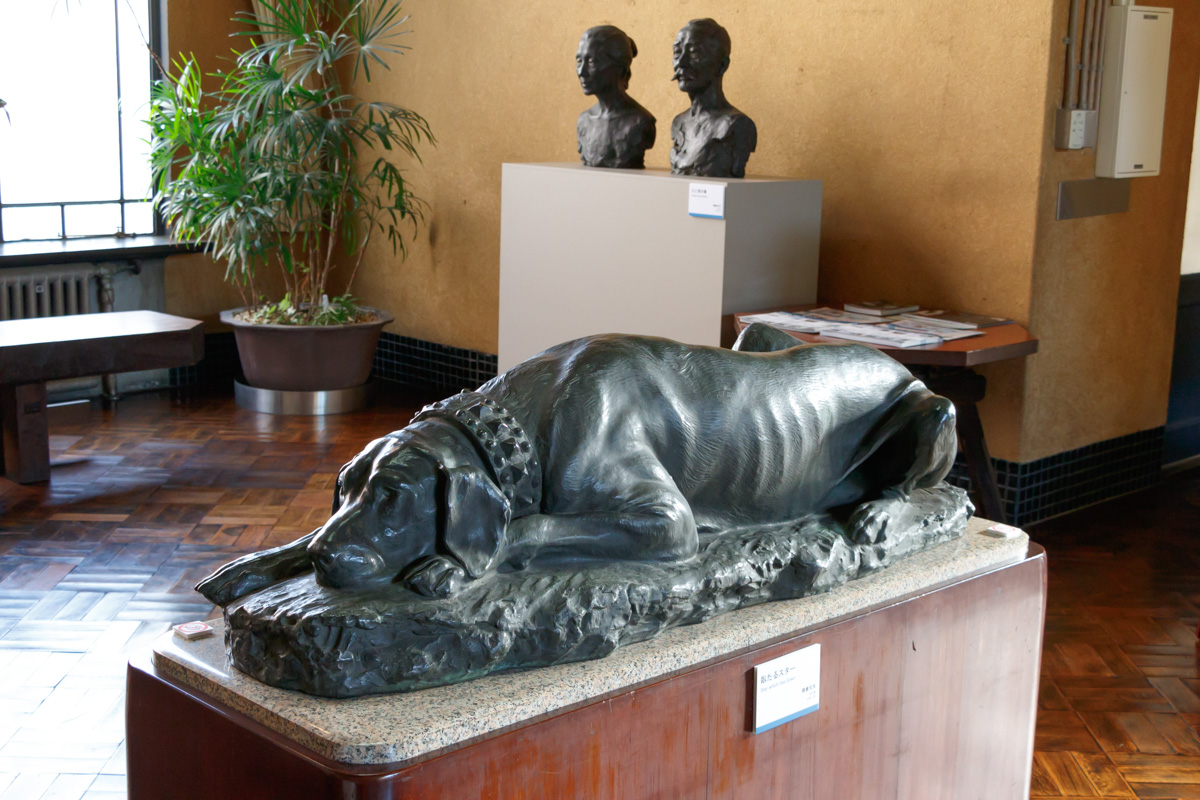
The work which made the police dog star number a model was chosen as a handsome. Not only the person but also the work modeled on the animal faithfully reproduces the real thing and sees the details. This is a sad but outrageous star.
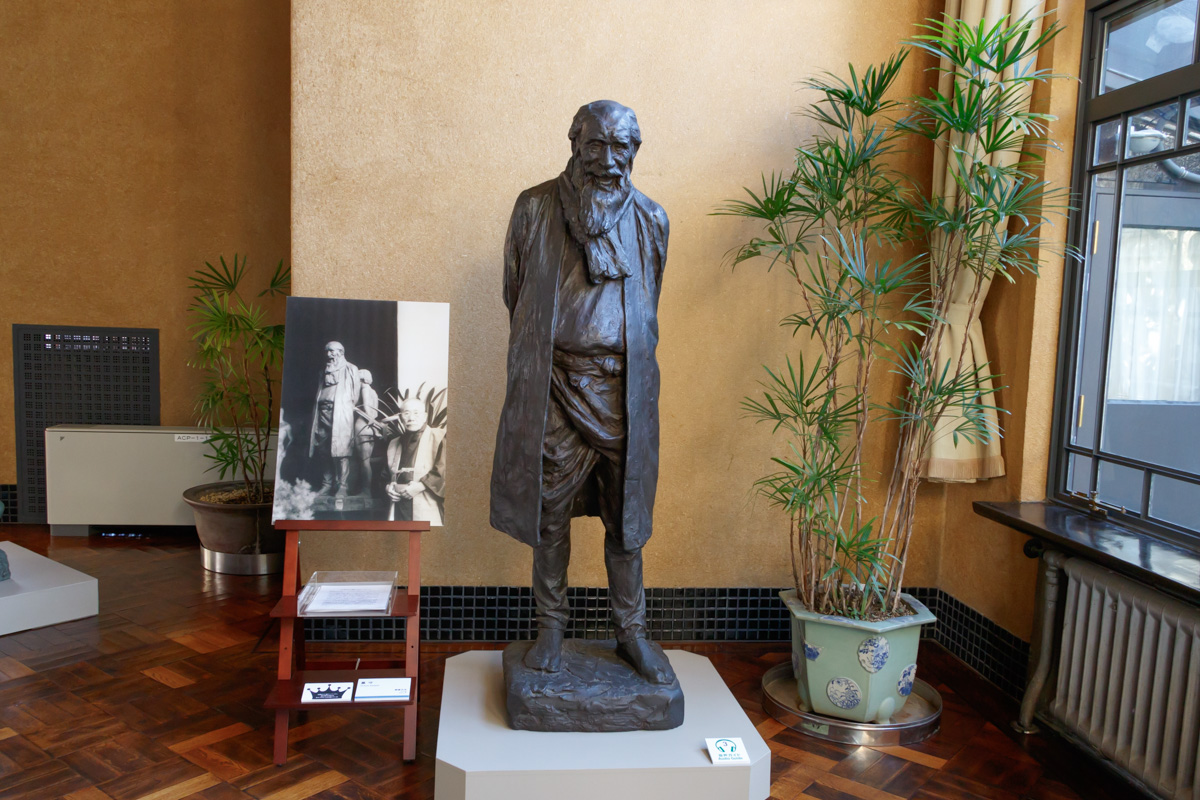
Asakura’s masterpiece “Tombguard”. A work that captures the unspoiled appearance of a grave ward old man. The expression that life experience exudes is handsome
Continue from the atelier to the study.
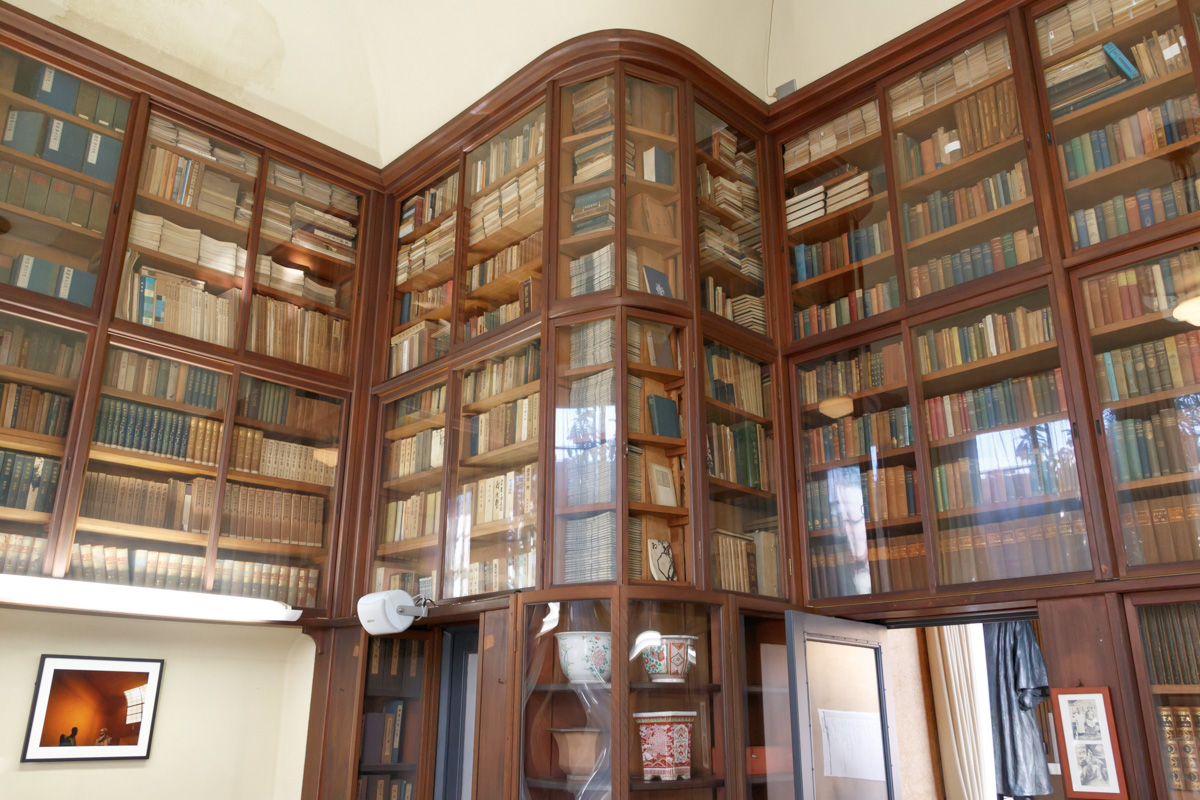
About half of the huge books stored in built-in bookshelves are foreign books. Most of the foreign books were from Toru Iwamura, an assistant teacher at the time of Tokyo Art School (now Tokyo University of the Arts) in Asakura. After Iwamura’s death, Asakura put in debt and collected it all together so that his books would not dissipate. Asakura deeply respects Iwamura and learned a lot from him.

I found a handsome figure in the study. Futaba Statue
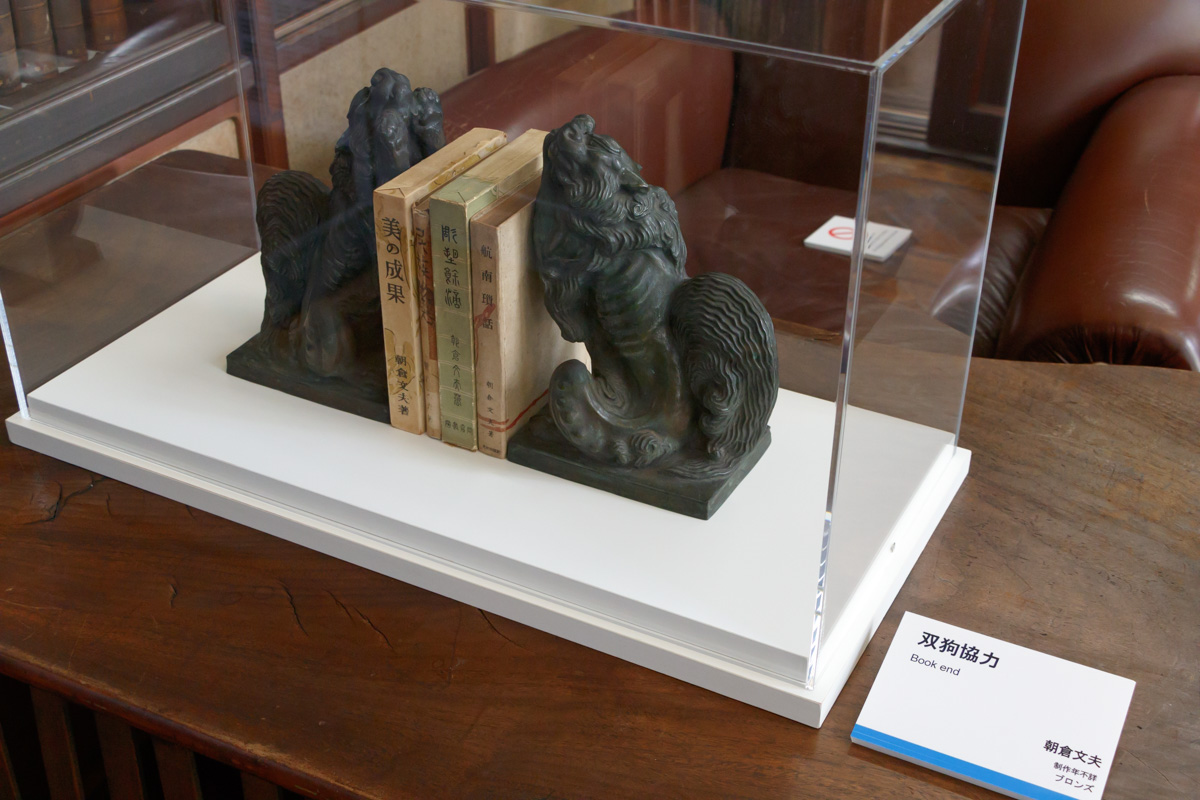
A bookend entitled “Two-handed cooperation”
It was made of concrete so far, but it will be wooden from the sitting room following the residence. Asakura with a good sense of beauty was good at harmonizing different elements. The atelier made of concrete and the wooden part made of Sukiya are adjacent without a sense of discomfort.
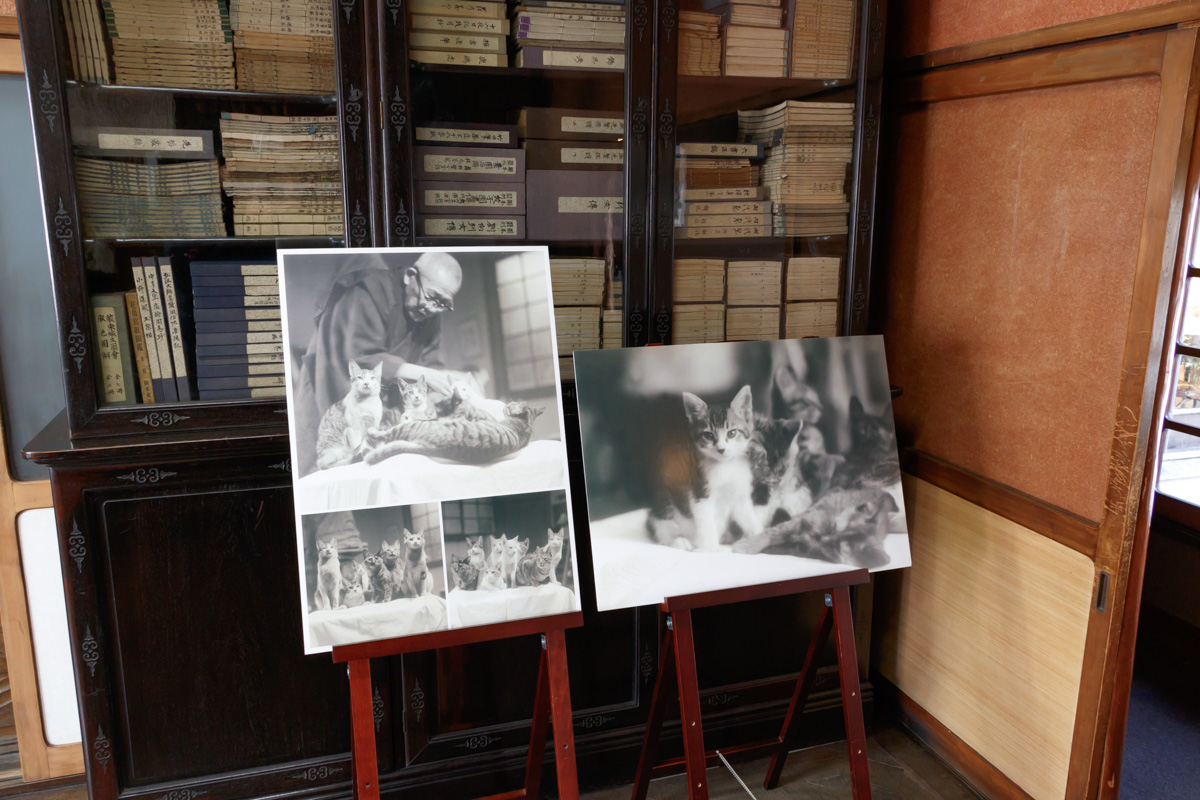
Many Chinese books are owned. Asakura prefers Chinese hobbies to life
It is a corridor garden that should be noted especially in the wooden part. All rooms are designed to have a view of the garden with plenty of water, and you can enjoy different views depending on where you look. Asakura, who is from Oita Prefecture, which is rich in water, seems to have put particular emphasis on this garden structure. Asakura will have lived a life that feels the change of the season with this residence.
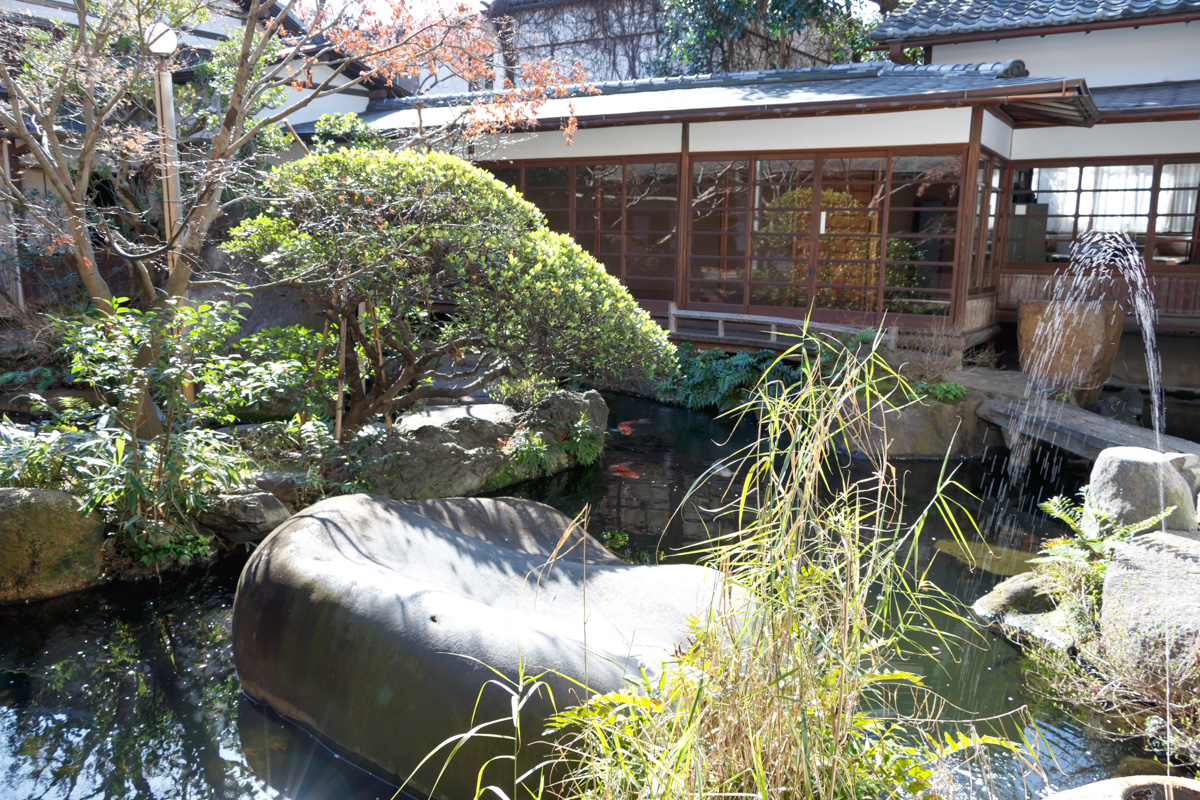
It is said that Asakura has refrained from producing sculptures, as air conditioning is not effective and air conditioning is not effective because the atelier has a large ceiling and a large space. I was writing a manuscript in my room with a view of the garden in cold weather

Stairs leading to the second floor. It uses a lot of logs and bamboos, and has a distinctive design that combines roundness and straight lines
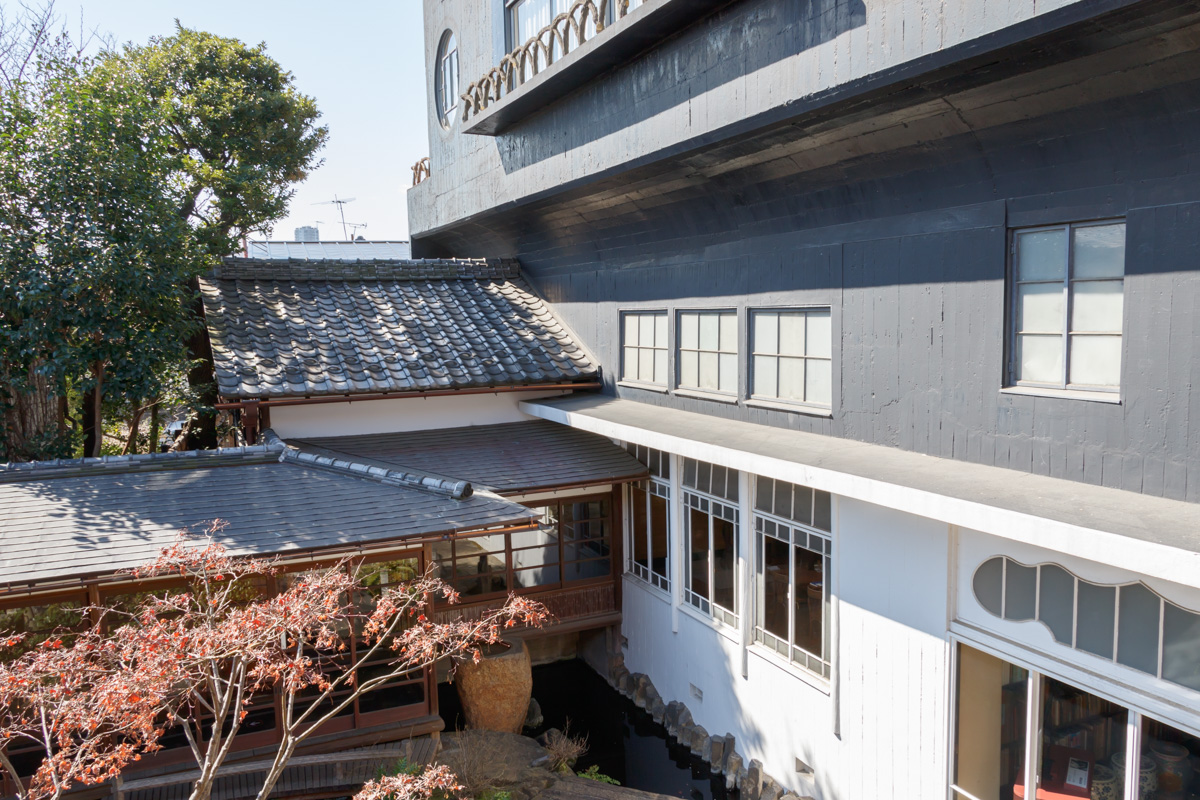
The boundary between the concrete architecture (right) and the wooden Sukiya (left) seen from the second floor. Different materials are admirably fused
On the third floor, we have a Japanese-style room to receive a guest called “For the Chaoyang”. It is a room where you can feel the commitment of Asakura using extravagant materials such as a ceiling lined with cedar bark of Kojiro cedar and a wall with a crushed agate.
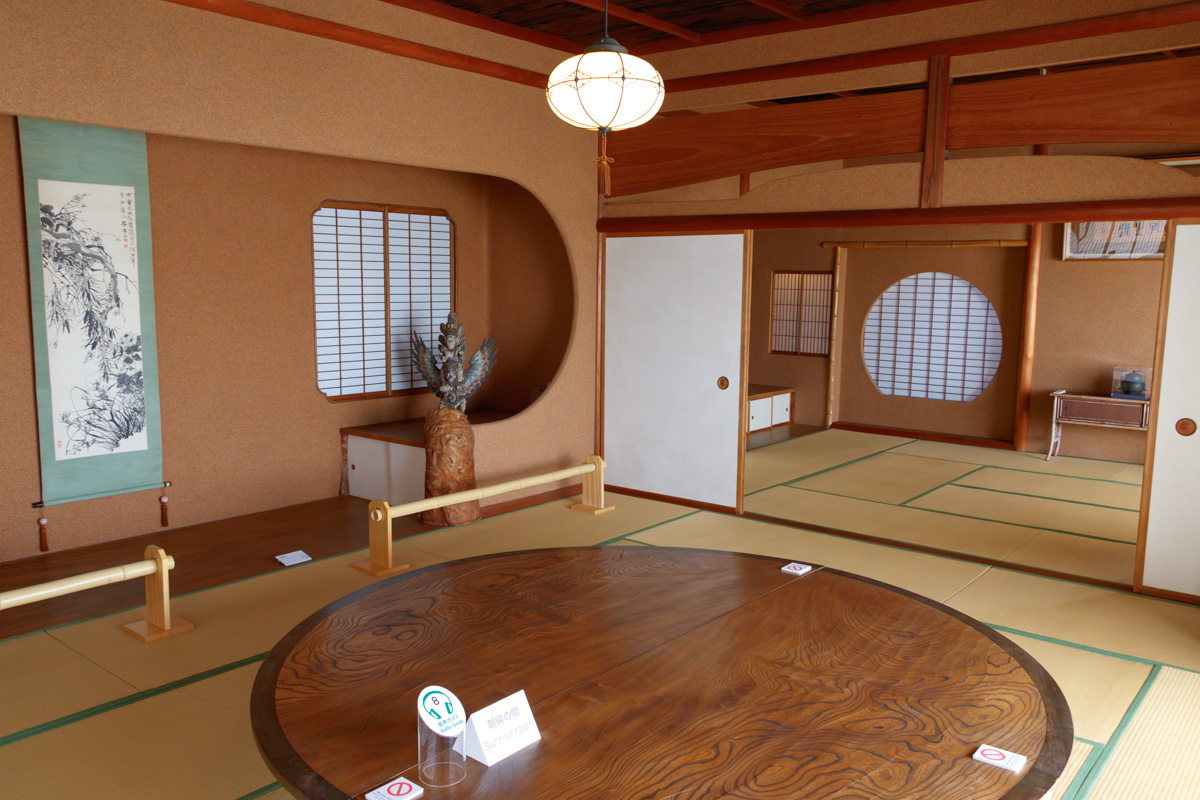
There is no level difference between the floors, and the wall is rounded. The setting and taste of the sencha hobbies are a good summary of the whole. The table in the front is designed by Asakura and can be disassembled to the size of a closet
There is a garden on the roof of concrete architecture.


Asakura named this “Asakura sculpted 塾” and has received many disciples. As part of their education, they planted vegetables in the roof garden, and gave disciples the opportunity to touch the soil and observe the process of becoming vegetables from seeds. Asakura’s style is called naturalistic realism, but I was keen to observe the model in detail and faithfully reproduce it. In this way, there was a conviction that the technique was to touch the object with your own hands and be refined from where you feel.
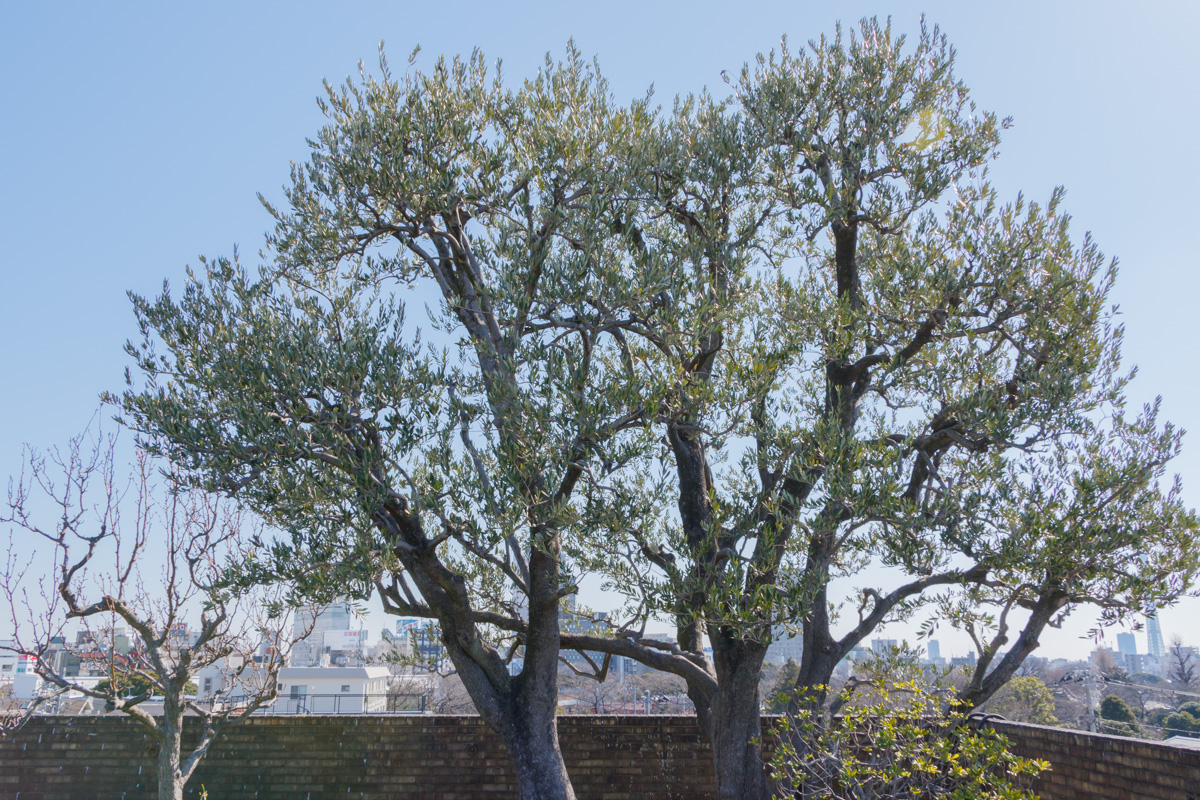
Olive tree
Today, the roof garden is planted with agapanthus and roses, and it entertains visitors every season. In addition, vegetable garden is cultivated in part, and vegetables are cultivated.
Asakura, who loved Oriental Orchid, made a greenhouse on the second floor for the cultivation of orchids. Currently, cat sculptures are on display at the “Ranma”. Asakura loves cats and has left many works with cat motifs.

At the same time as this exhibition, “Taito Tosu” related project “Yohito Saito Photo Exhibition” is also held.
There are five works of Asakura Sculptural Museum, which photographer Yoto Saito took down for Taito Tosu, a cultural arts public relations magazine published by Taito Ward.
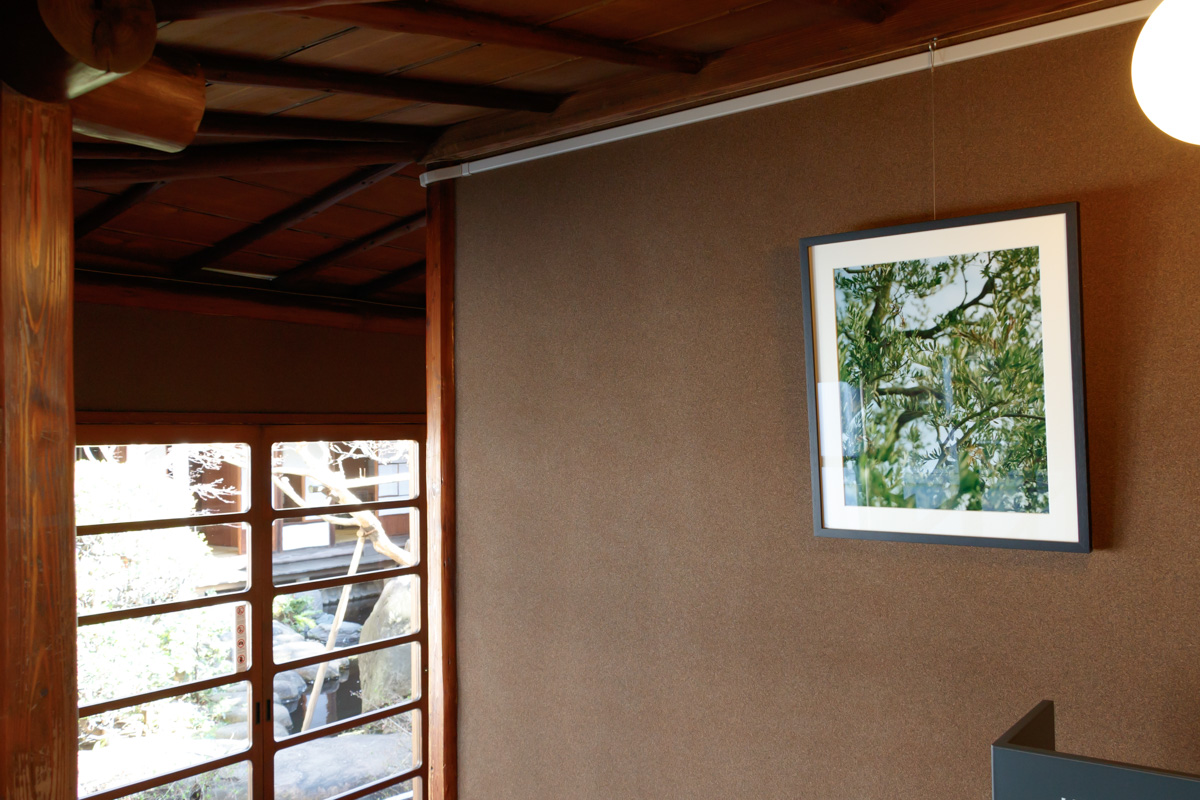
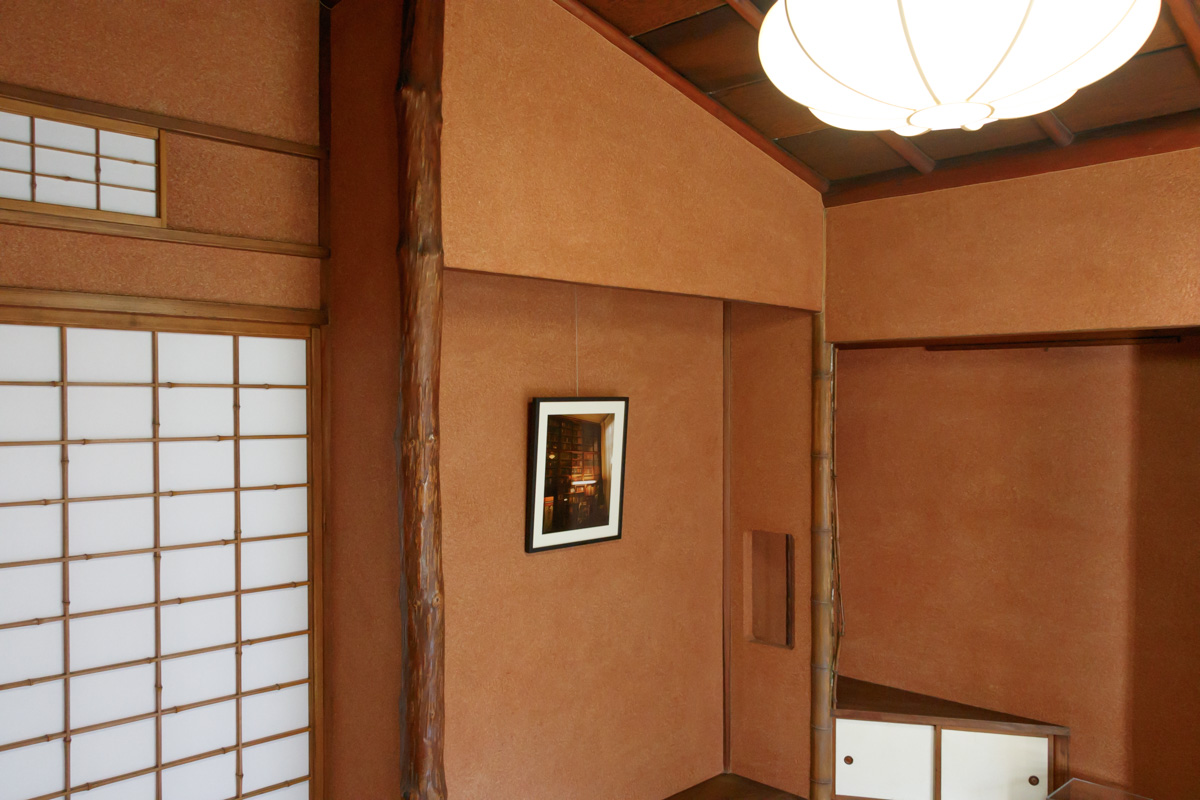
Asakura Sculptural Museum, including gardens and architecture, can all be said to have been created under the aesthetics of Asakura. Asakura’s commitment was felt in every corner, and the look was enough. The unique project exhibitions “Domestically selected handsome men” and “Taito Tosu” related projects “Yoshido Saito Photography Exhibition” will be held until June 5, 2019 (Wednesday). How about going by all means once at this opportunity?
Usage guide
| Opening time | 9:30 am-4:30 pm (up until 4 pm for admission) |
| closing day | Mon / Thursday (the next weekday when overlapping with holidays) New Year We may close temporarily for display replacement etc. |
| Admission fee | General 500 yen (300 yen) Small, middle and high school students 250 yen (150 yen) ※ In () is group rate more than 20 people ※ Disability notebook presenter and the carer become free ※ Specific disease medical recipient certificate presenter and the carer become free ※ Admission fee for elementary and junior high school students and their leaders is free of charge every Saturday at Taito WardWe offer various services such as annual passports, so please use them. |
| location | 〒 110-0001 7-18 Yanaka 7-10 Taito-ku TEL: 03-3821-4549 Fax: 03-3621-5225 |
| Official site | http://www.taitocity.net/zaidan/english/asakura/ |
※ Please prepare socks when entering the hall
